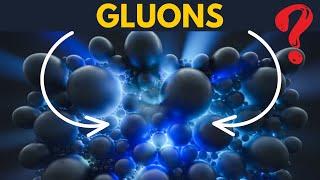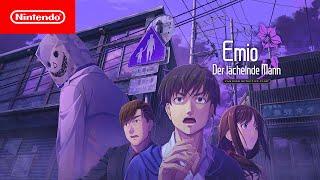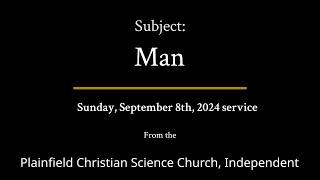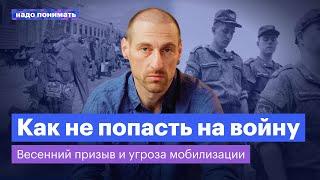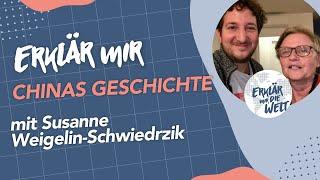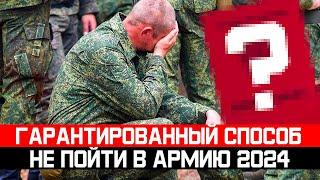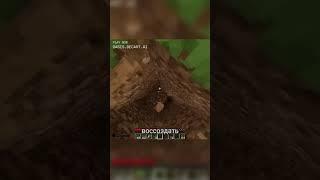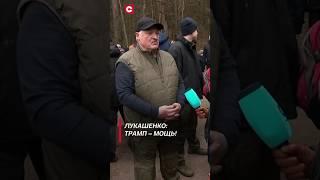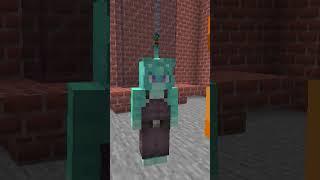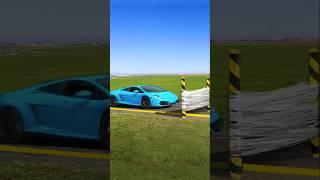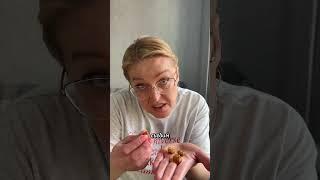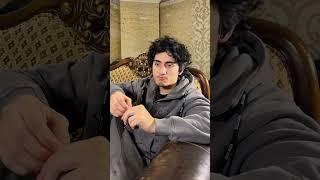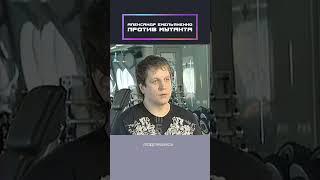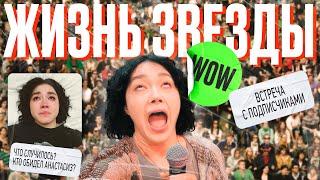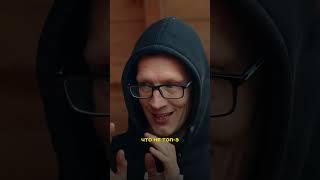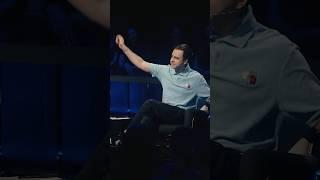Комментарии:

how does the exhange of gluons create a binding force?
i think you missed the boat on this. cools pics but lack substance.

Thank you for the video
Ответить
It's a shame that someone just stuck a load of unrelated video clips (that bore little or no relationship to the narration) together and hoped for the best. Add an AI voice, and you get the most unedifying video I've watched this year! Your test score was : F minus!
Ответить
Wow.
Allahumma sholli wa sallim wa baarik ala Sayyidina Muhammadin wa'ala ali Sayyidina Muhammadin fil awwalin wal aakhirin wa fil mala'il a'laa ilaa Yaumiddin

Gluons are a synthetic particle (zero mass, zero charge) invented to explain the Strong Force. The actual source of the Strong Force is found below.
Conservation of Spatial Curvature (both Matter and Energy described as "Quanta" of Spatial Curvature)
Is there an alternative interpretation of "Asymptotic Freedom"? What if Quarks are actually made up of twisted tubes which become physically entangled with two other twisted tubes to produce a proton? Instead of the Strong Force being mediated by the constant exchange of gluons, it would be mediated by the physical entanglement of these twisted tubes. When only two twisted tubules are entangled, a meson is produced which is unstable and rapidly unwinds (decays) into something else. A proton would be analogous to three twisted rubber bands becoming entangled and the "Quarks" would be the places where the tubes are tangled together. The behavior would be the same as rubber balls (representing the Quarks) connected with twisted rubber bands being separated from each other or placed closer together producing the exact same phenomenon as "Asymptotic Freedom" in protons and neutrons. The force would become greater as the balls are separated, but the force would become less if the balls were placed closer together.
-----------------------------------------------------------------------------------------------------------------------------------------
String Theory was not a waste of time, because Geometry is the key to Math and Physics. However, can we describe Standard Model interactions using only one extra spatial dimension?
What if we describe subatomic particles as spatial curvature, instead of trying to describe General Relativity as being mediated by particles? Fixing the Standard Model with more particles is like trying to mend a torn fishing net with small rubber balls, instead of a piece of twisted twine.
Quantum Entangled Twisted Tubules:
“We are all agreed that your theory is crazy. The question which divides us is whether it is crazy enough to have a chance of being correct.” Neils Bohr
(lecture on a theory of elementary particles given by Wolfgang Pauli in New York, c. 1957–8, in Scientific American vol. 199, no. 3, 1958)
The following is meant to be a generalized framework for an extension of Kaluza-Klein Theory. Does it agree with the “Twistor Theory” of Roger Penrose, and the work of Eric Weinstein on “Geometric Unity”? During the early history of mankind, the twisting of fibers was used to produce thread, and this thread was used to produce fabrics. The twist of the thread is locked up within these fabrics. Is matter made up of twisted 3D-4D structures which store spatial curvature that we describe as “particles"? Are the twist cycles the "quanta" of Quantum Mechanics?
When we draw a sine wave on a blackboard, we are representing spatial curvature. Does a photon transfer spatial curvature from one location to another? Wrap a piece of wire around a pencil and it can produce a 3D coil of wire, much like a spring. When viewed from the side it can look like a two-dimensional sine wave. You could coil the wire with either a right-hand twist, or with a left-hand twist. Could Planck's Constant be proportional to the twist cycles. A photon with a higher frequency has more energy. ( E=hf, More spatial curvature as the frequency increases = more Energy ). What if gluons are actually made up of these twisted tubes which become entangled with other tubes to produce quarks. (In the same way twisted electrical extension cords can become entangled.) Therefore, the gluons are a part of the quarks. Quarks cannot exist without gluons, and vice-versa. Mesons are made up of two entangled tubes (Quarks/Gluons), while protons and neutrons would be made up of three entangled tubes. (Quarks/Gluons) The "Color Charge" would be related to the XYZ coordinates (orientation) of entanglement. "Asymptotic Freedom", and "flux tubes" are logically based on this concept. The Dirac “belt trick” also reveals the concept of twist in the ½ spin of subatomic particles. If each twist cycle is proportional to h, we have identified the source of Quantum Mechanics as a consequence twist cycle geometry.
Modern physicists say the Strong Force is mediated by a constant exchange of Mesons. The diagrams produced by some modern physicists actually represent the Strong Force like a spring connecting the two quarks. Asymptotic Freedom acts like real springs. Their drawing is actually more correct than their theory and matches perfectly to what I am saying in this model. You cannot separate the Gluons from the Quarks because they are a part of the same thing. The Quarks are the places where the Gluons are entangled with each other.
Neutrinos would be made up of a twisted torus (like a twisted donut) within this model. The twist in the torus can either be Right-Hand or Left-Hand. Some twisted donuts can be larger than others, which can produce three different types of neutrinos. If a twisted tube winds up on one end and unwinds on the other end as it moves through space, this would help explain the “spin” of normal particles, and perhaps also the “Higgs Field”. However, if the end of the twisted tube joins to the other end of the twisted tube forming a twisted torus (neutrino), would this help explain “Parity Symmetry” violation in Beta Decay? Could the conversion of twist cycles to writhe cycles through the process of supercoiling help explain “neutrino oscillations”? Spatial curvature (mass) would be conserved, but the structure could change.
Gravity is a result of a very small curvature imbalance within atoms. (This is why the force of gravity is so small.) Instead of attempting to explain matter as "particles", this concept attempts to explain matter more in the manner of our current understanding of the space-time curvature of gravity. If an electron has qualities of both a particle and a wave, it cannot be either one. It must be something else. Therefore, a "particle" is actually a structure which stores spatial curvature. Can an electron-positron pair (which are made up of opposite directions of twist) annihilate each other by unwinding into each other producing Gamma Ray photons?
Does an electron travel through space like a threaded nut traveling down a threaded rod, with each twist cycle proportional to Planck’s Constant? Does it wind up on one end, while unwinding on the other end? Is this related to the Higgs field? Does this help explain the strange ½ spin of many subatomic particles? Does the 720 degree rotation of a 1/2 spin particle require at least one extra dimension?
Alpha decay occurs when the two protons and two neutrons (which are bound together by entangled tubes), become un-entangled from the rest of the nucleons
. Beta decay occurs when the tube of a down quark/gluon in a neutron becomes overtwisted and breaks producing a twisted torus (neutrino) and an up quark, and the ejected electron. The production of the torus may help explain the “Symmetry Violation” in Beta Decay, because one end of the broken tube section is connected to the other end of the tube produced, like a snake eating its tail. The phenomenon of Supercoiling involving twist and writhe cycles may reveal how overtwisted quarks can produce these new particles. The conversion of twists into writhes, and vice-versa, is an interesting process, which is also found in DNA molecules.
Gamma photons are produced when a tube unwinds producing electromagnetic waves.
The “Electric Charge” of electrons or positrons would be the result of one twist cycle being displayed at the 3D-4D surface interface of the particle. The physical entanglement of twisted tubes in quarks within protons and neutrons and mesons displays an overall external surface charge of an integer number. Because the neutrinos do not have open tube ends, (They are a twisted torus.) they have no overall electric charge.
>>>>>>>>>>>>>>>>>>>>>>
Within this model a black hole could represent a quantum of gravity, because it is one cycle of spatial gravitational curvature. Therefore, instead of a graviton being a subatomic particle it could be considered to be a black hole. The overall gravitational attraction would be caused by a very tiny curvature imbalance within atoms. We know there is an unequal distribution of electrical charge within each atom because the positive charge is concentrated within the nucleus, even though the overall electrical charge of the atom is balanced by equal positive and negative charge.
>>>>>>>>>>>>>>>>>>>>>>
In this model Alpha equals the compactification ratio within the twistor cone, which is approximately 1/137.
1= Hypertubule diameter at 4D interface
137= Cone’s larger end diameter at 3D interface where the photons are absorbed or emitted.
The 4D twisted Hypertubule gets longer or shorter as twisting or untwisting occurs. (720 degrees per twist cycle.)
>>>>>>>>>>>>>>>>>>>>>>>
How many neutrinos are left over from the Big Bang? They have a small mass, but they could be very large in number. Could this help explain Dark Matter?
>>>>>>>>>>>>>>>>>>>>>>>>
Why did Paul Dirac use the twist in a belt to help explain particle spin? Is Dirac’s belt trick related to this model? Is the “Quantum” unit based on twist cycles?
++++++++++++++++++++++++++++++++++++++++++++++++++++++++++++++++++++++++++
I started out imagining a subatomic Einstein-Rosen Bridge whose internal surface is twisted with either a Right-Hand twist, or a Left-Hand twist producing a twisted 3D/4D membrane. The model grew out of that simple idea.
I was also trying to imagine a way to stuff the curvature of a 3 D sine wave into subatomic particles.
.

The Strong Force uses gluons to keep Quarks together. Protons and Neutrons in the Nucleus on the other hand are actually held in place using Mesons, not Gluons as this badly researched video incorrectly states. Look it up.
Ответить
Chemical reactions do not happen with protons and neutrons, only electrons.
Ответить
What do they look like?
I doubt they look like those tiny little round candies that bakers sprinkle on cakes.
What if I were near a particle accelerator that popped the seal on its door and some got out while being accelerated to 99.95% the speed of light, so they became big enough that I could see them?
How would they appear to me? What shape would they feel like? Would they be like a sticky fog that my hands would pass through like a flying liquid, or would they be like a daisy chain of six rubber bands spinning round and round in a circle?

Seems idiotic to put a lot of effort into making a video and then using a robotic AI voice for narration. NO SUB!!
Ответить
Don't listen to digital voices. Dreadful sound 🔊
Ответить
Just using cool images without relevance what is being dubbed upon them😮
Ответить
This is sadly Rubbish AI mockup
Ответить
video unrelated to text...
Ответить
Do gluons travel at the speed of light
Ответить
Wow, thanks😊
Ответить
Dont know why im interested
Ответить
